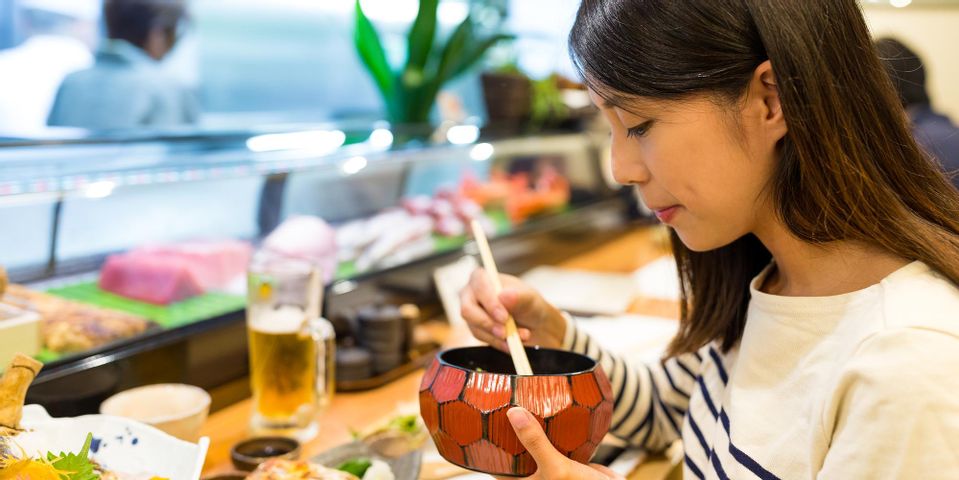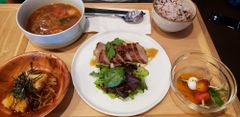
For many people, Japanese food is synonymous with dishes like ramen and sushi, but authentic cuisine is much more diverse and complex. In most households, it’s traditional to serve a balanced meal called ichiju sansai, which translates to “one soup, three dishes.” This is a dining ritual that has been passed down for generations, with much of its popularity due to the nutritional value it provides. Find out more about how healthy ichiju sansai is in the guide below.
Ichiju Sansai Format & Ingredient Options
 Ichiju sansai is a structured meal comprised of a soup, a main dish, two side dishes, rice, and pickled vegetables. Typically, it’s served with miso soup, which consists of dashi stock and can be customized with seasonal vegetables. The main dish is a protein, such as fish, meat, tofu, or eggs, and side dish options include seaweed, vegetables, beans, and potatoes. Rice is a staple served alongside Japanese food and usually comes plain. The pickled vegetables help cleanse the palate while moving between the meal’s assorted flavors.
Ichiju sansai is a structured meal comprised of a soup, a main dish, two side dishes, rice, and pickled vegetables. Typically, it’s served with miso soup, which consists of dashi stock and can be customized with seasonal vegetables. The main dish is a protein, such as fish, meat, tofu, or eggs, and side dish options include seaweed, vegetables, beans, and potatoes. Rice is a staple served alongside Japanese food and usually comes plain. The pickled vegetables help cleanse the palate while moving between the meal’s assorted flavors.
Health Benefits
Japanese food is known for being healthy, and ichiju sansai is no exception. It’s a low-calorie meal that incorporates varied ingredients to provide the body with the recommended daily dose of vitamins and nutrients as well as a a good balance between carbohydrates and protein. It’s also packed with fermented soy products, such as miso and natto, which help boost the immune system and improve digestive function by breaking down sugar and increasing probiotics in the gut.
If you’re looking for somewhere to experience the true tastes of Japanese food, visit Waioli Grill & Cafe in Honolulu, HI. The restaurant offers an affordable ichiju sansai during lunch. Locals will enjoy their unique and healthy twist to the plate lunch, with each dish created by a chef who has more than 20 years of experience cooking Japanese cuisine. Call (808) 734-5298 or browse their website for more information on what they serve.
About the Business
Have a question? Ask the experts!
Send your question

